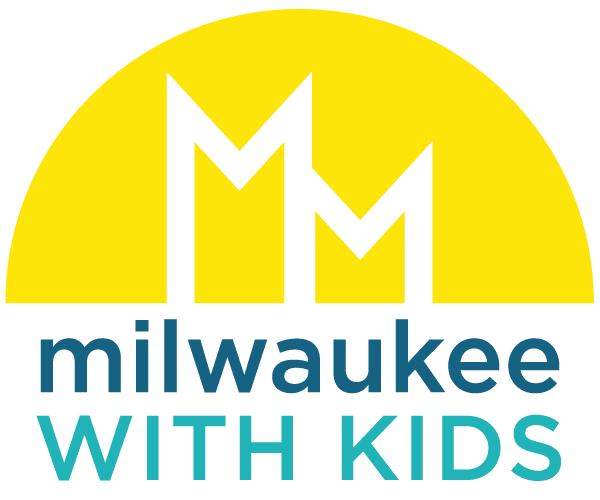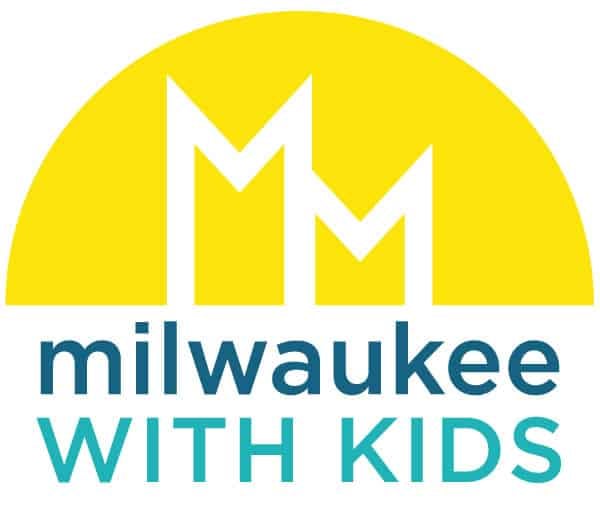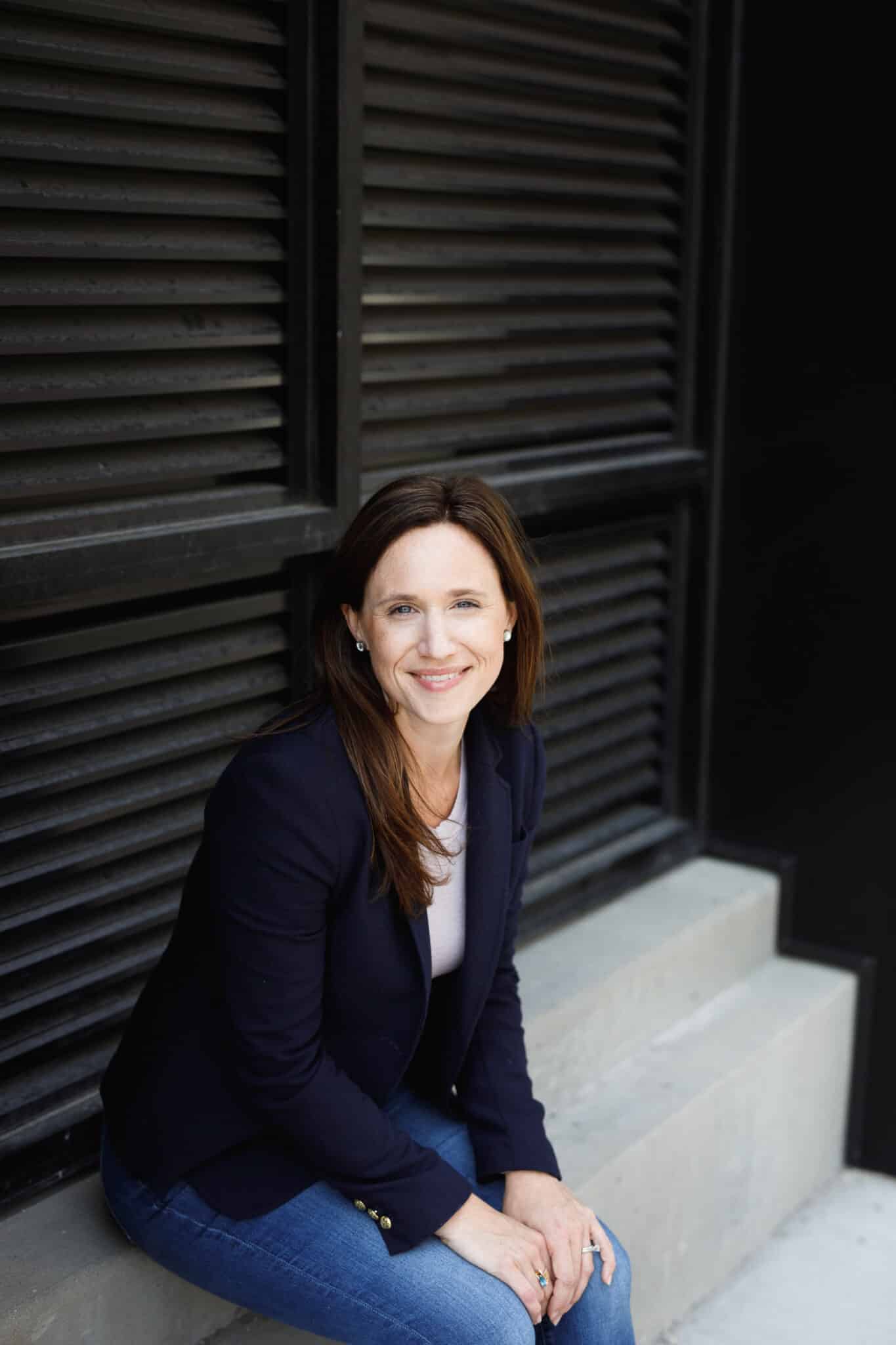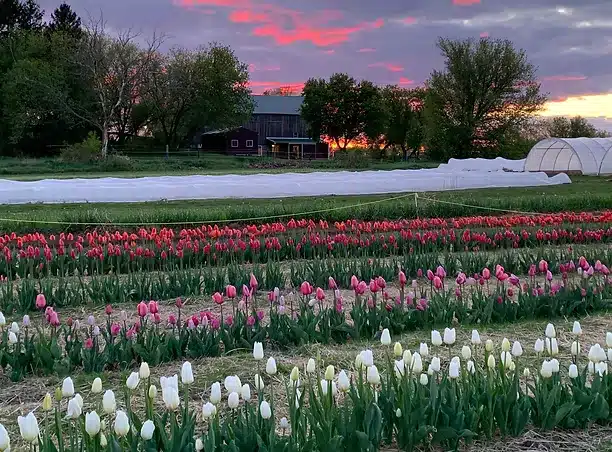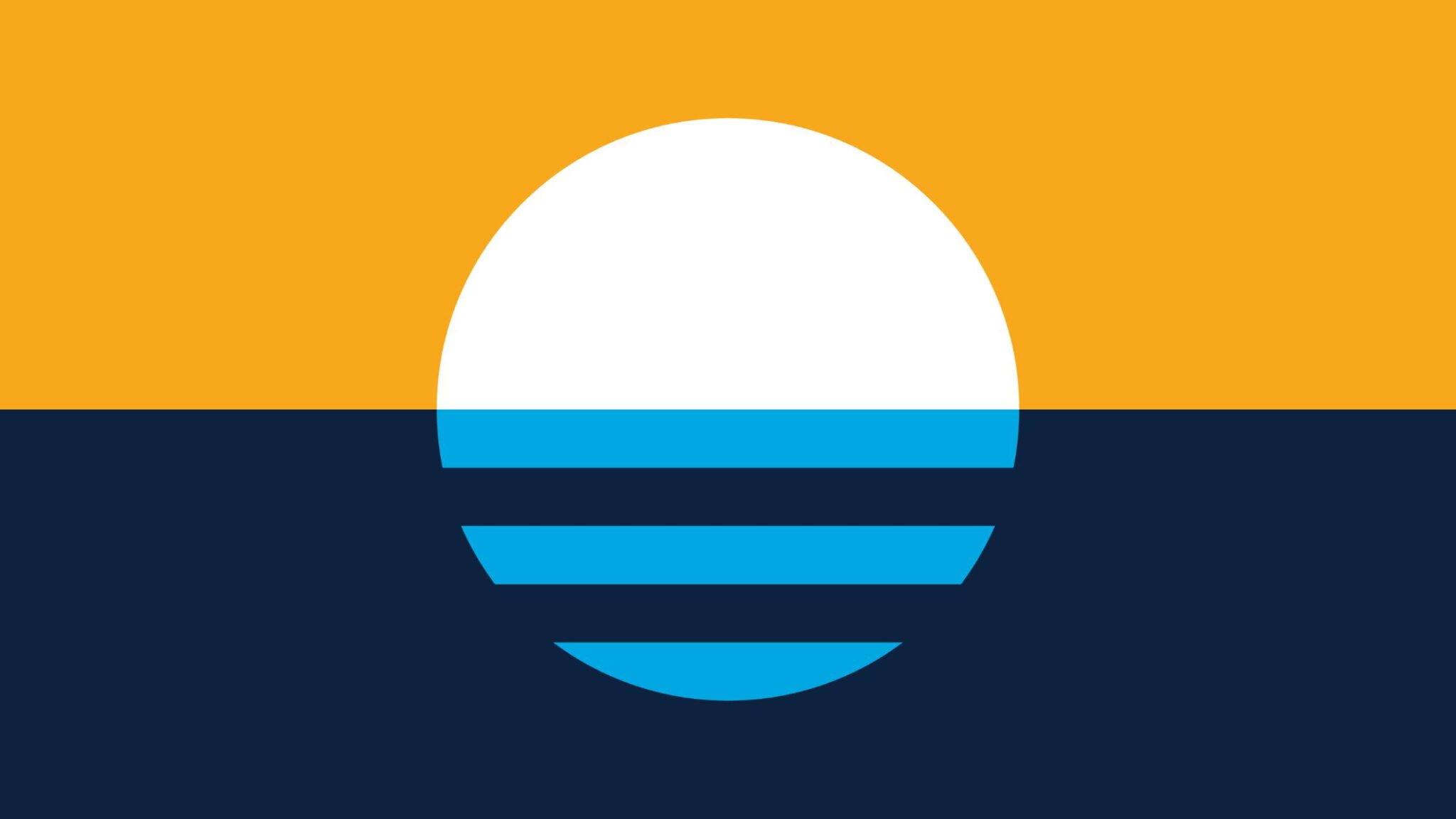Did you know the Great Wall of China is over 13,000 miles long? Or that ancient Egyptians used honey to treat wounds?
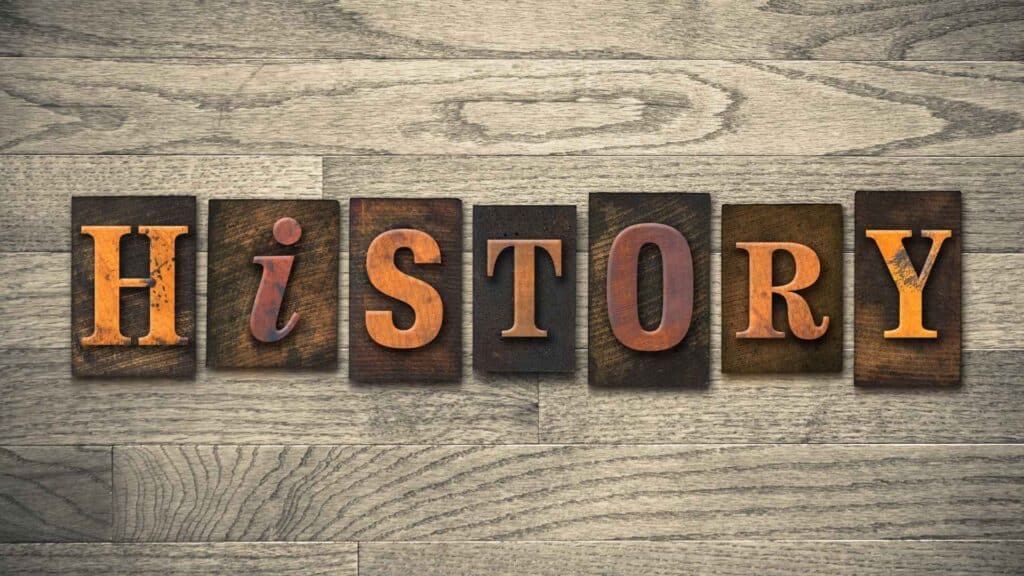
History is full of fascinating facts that can spark a child’s curiosity, and what better way to learn than through trivia? In this post, we’ve gathered fun and educational history trivia questions that make learning exciting for kids.
Whether you’re a parent looking for an engaging activity, a teacher planning a classroom challenge, or a kid ready to test your knowledge, these questions and fun facts are perfect for you!
If you’re looking for even more brain-boosting fun, be sure to check out our best science trivia questions for kids to keep the curiosity flowing!
Ancient Civilizations
Ancient Egypt
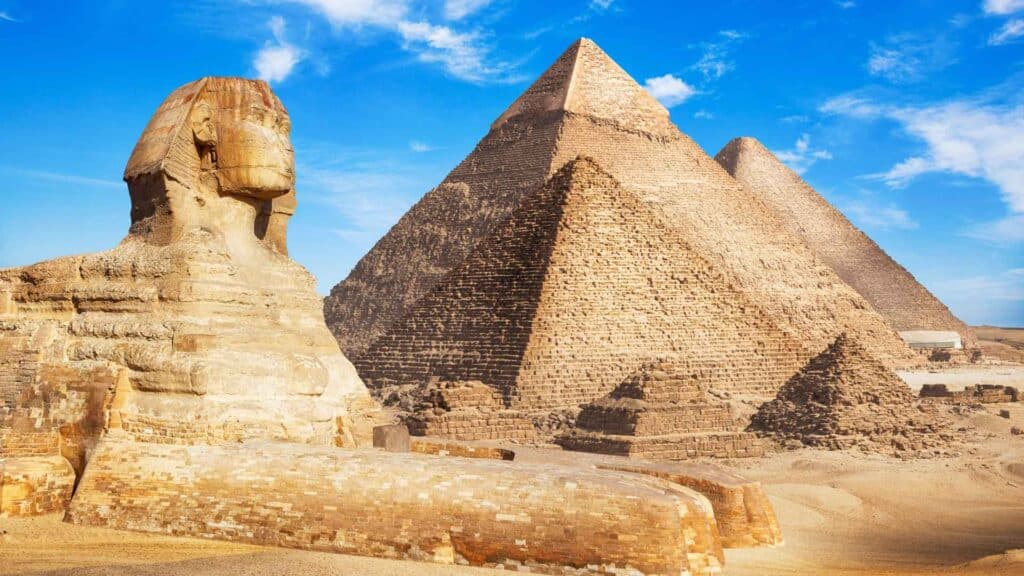
- What did ancient Egyptians use to write on?
- Answer: Papyrus.
- Explanation: Papyrus was a type of paper made from the papyrus plant, which grew along the Nile River.
- Who was the youngest pharaoh of Ancient Egypt?
- Answer: Tutankhamun (King Tut).
- Explanation: He became pharaoh at about 9 years old and ruled until his death around age 19.
- What large structures did the ancient Egyptians build as tombs for their pharaohs?
- Answer: Pyramids.
- Explanation: The pyramids were massive stone structures built to house the remains of Egypt’s rulers.
Ancient Greece
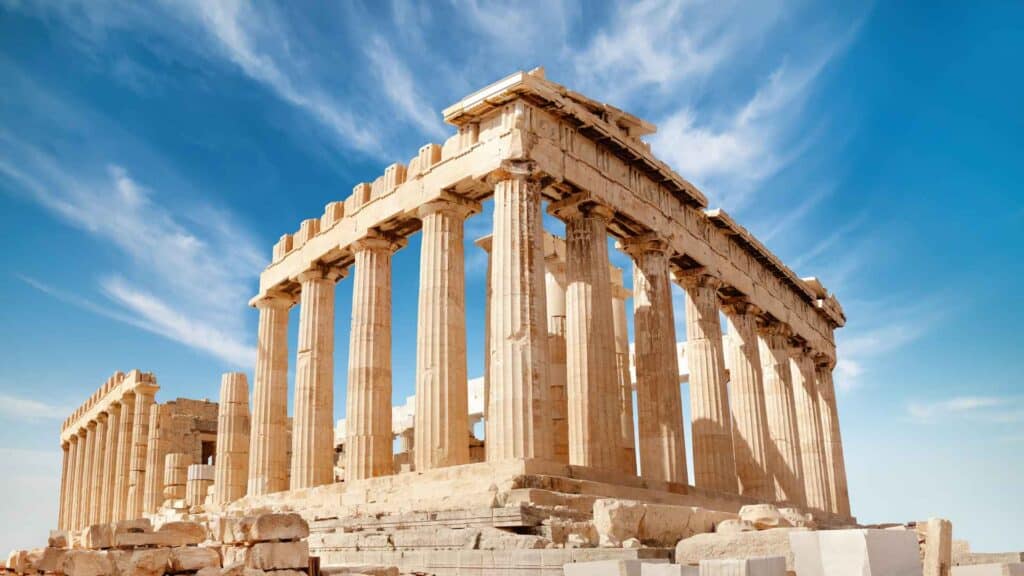
- Which city-state was famous for its warriors?
- Answer: Sparta.
- Explanation: Sparta was known for its military discipline and trained its boys to become warriors from a young age.
- Who is known as the “Father of Western Philosophy”?
- Answer: Socrates.
- Explanation: Socrates was a Greek philosopher who developed the method of questioning to explore ethics and human behavior.
- What ancient Greek event still continues today?
- Answer: The Ancient Olympic Games.
- Explanation: The games were held every four years in Olympia and included sports like running, wrestling, and chariot racing.
Ancient Rome
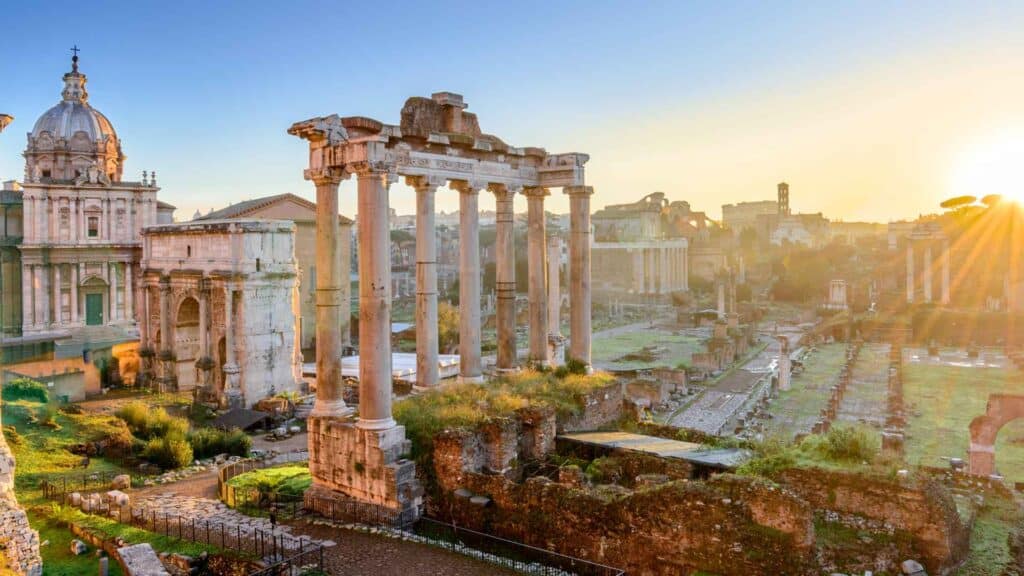
- Who was the first emperor of Rome?
- Answer: Augustus.
- Explanation: Augustus, originally known as Octavian, was the first emperor of Rome after the fall of the Roman Republic.
- What was the name of the Roman arena where gladiators fought?
- Answer: The Colosseum.
- Explanation: The Colosseum was a massive amphitheater where gladiators fought for entertainment.
- What long Roman structure was built to carry water into cities?
- Answer: Aqueducts.
- Explanation: Aqueducts were advanced engineering systems that transported water from distant sources into Roman cities.
For even more interesting tidbits, check out our 100 Fascinating Facts about Ancient Rome for Kids!
Ancient China
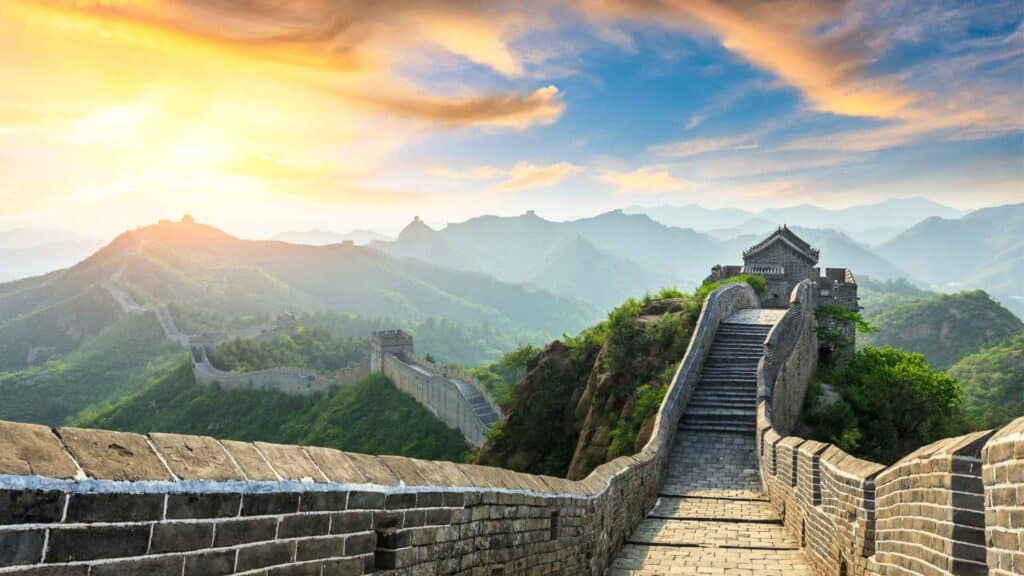
- What was the name of the trade route that connected China with Europe?
- Answer: The Silk Road.
- Explanation: The Silk Road was an ancient trade network that allowed the exchange of goods, culture, and ideas between China and the West.
- Which Chinese dynasty built much of the Great Wall?
- Answer: The Ming Dynasty.
- Explanation: The Ming Dynasty fortified and expanded the Great Wall to defend against invaders.
Famous Leaders and Figures
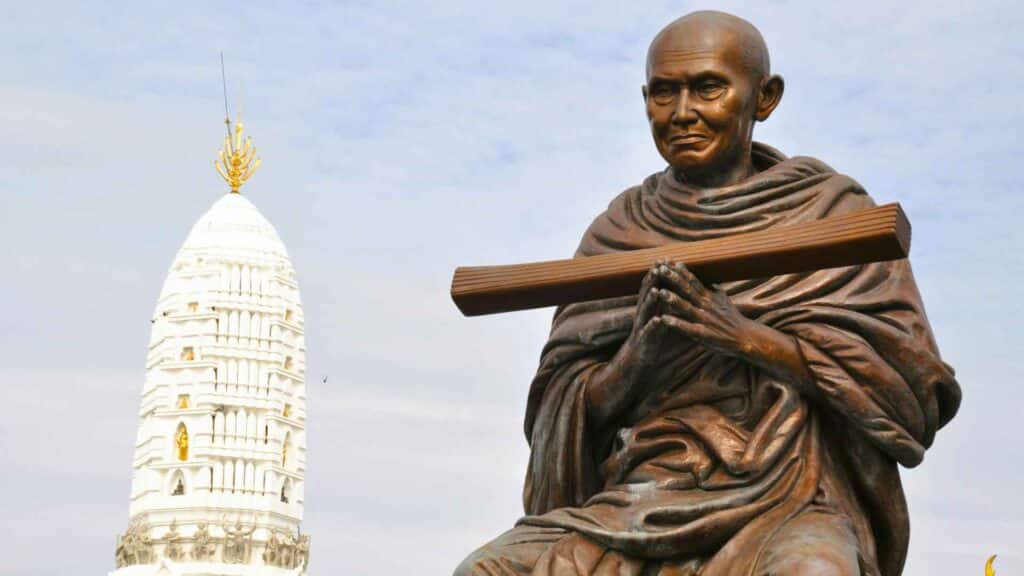
- Who was the first president of the United States?
- Answer: George Washington.
- Explanation: Washington was elected the first president of the U.S. in 1789 after leading the Continental Army during the American Revolution.
- Which queen ruled over England for 63 years, making her one of the longest-reigning monarchs?
- Answer: Queen Victoria.
- Explanation: Queen Victoria ruled from 1837 to 1901, during a period known as the Victorian era.
- Who was the leader of the Civil Rights Movement in the United States and gave the famous “I Have a Dream” speech?
- Answer: Martin Luther King Jr.
- Explanation: Martin Luther King Jr. was a prominent leader in the Civil Rights Movement and worked to end racial segregation in the U.S.
- Who became the first female prime minister of the United Kingdom?
- Answer: Margaret Thatcher.
- Explanation: Margaret Thatcher, known as the “Iron Lady,” was the first woman to serve as prime minister in the U.K., holding office from 1979 to 1990.
- Which famous Egyptian queen is known for her relationships with Julius Caesar and Mark Antony?
- Answer: Cleopatra.
- Explanation: Cleopatra was the last active ruler of the Ptolemaic Kingdom of Egypt and is famous for her political alliances and romantic relationships.
- Who was the South African leader who spent 27 years in prison and later became the first black president of South Africa?
- Answer: Nelson Mandela.
- Explanation: Nelson Mandela fought against apartheid and became a global symbol of peace and reconciliation.
- Which famous French military leader declared himself Emperor of France in 1804?
- Answer: Napoleon Bonaparte.
- Explanation: Napoleon rose to power after the French Revolution and is known for his military conquests and reforms across Europe.
- Who was the leader of India’s nonviolent independence movement against British rule?
- Answer: Mahatma Gandhi.
- Explanation: Gandhi’s philosophy of nonviolent resistance helped India achieve independence in 1947.
- Who was the first woman to fly solo across the Atlantic Ocean?
- Answer: Amelia Earhart.
- Explanation: In 1932, Amelia Earhart became the first female aviator to fly solo nonstop across the Atlantic Ocean.
- Which leader helped free many slaves in the United States via the Underground Railroad?
- Answer: Harriet Tubman.
- Explanation: Harriet Tubman was a former enslaved person who became a key figure in helping others escape to freedom through the Underground Railroad.
- Who was the famous British leader known for his speeches during World War II, especially his ‘We Shall Fight on the Beaches’ speech?
- Answer: Winston Churchill.
- Explanation: Churchill was the British prime minister who led the country during World War II and is known for his leadership and oratory skills.
- Who was the ancient Roman leader that became the dictator of Rome and was famously assassinated in 44 BC?
- Answer: Julius Caesar.
- Explanation: Caesar expanded the Roman Empire but was assassinated by a group of senators, leading to the downfall of the Roman Republic.
Inventions and Discoveries
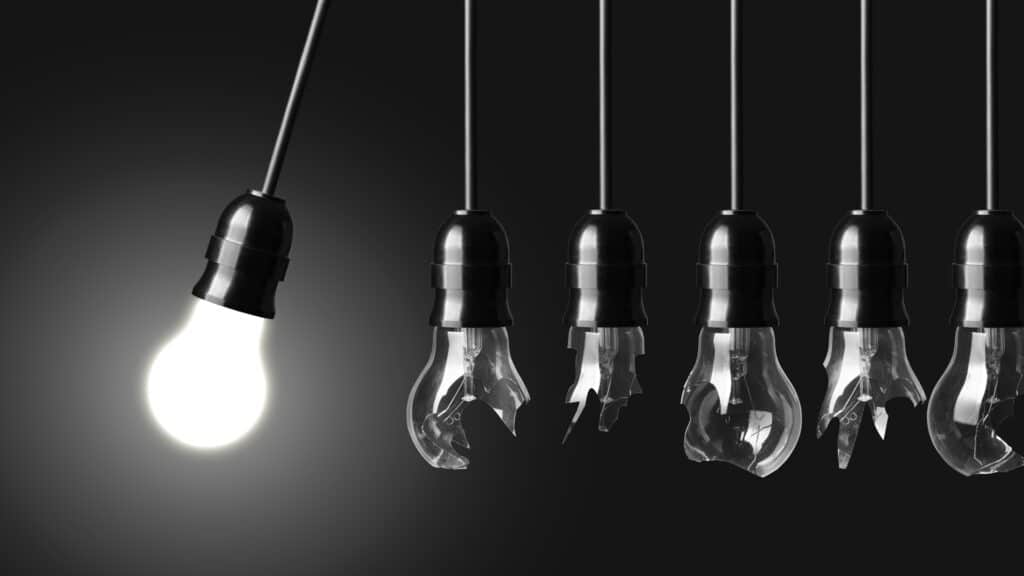
- Who invented the telephone?
- Answer: Alexander Graham Bell.
- Explanation: Bell was credited with inventing the telephone in 1876, allowing people to communicate over long distances.
- Which country was the first to land a man on the moon?
- Answer: The United States.
- Explanation: NASA’s Apollo 11 mission successfully landed astronauts Neil Armstrong and Buzz Aldrin on the moon in 1969.
- Who invented the light bulb?
- Answer: Thomas Edison.
- Explanation: Thomas Edison is credited with inventing the first commercially practical incandescent light bulb in 1879.
- What was the first vaccine ever created?
- Answer: The smallpox vaccine.
- Explanation: Edward Jenner developed the first successful smallpox vaccine in 1796, which paved the way for modern immunizations.
- Who discovered gravity by watching an apple fall from a tree?
- Answer: Sir Isaac Newton.
- Explanation: According to legend, Newton’s observation of a falling apple led him to formulate his theory of gravity.
- Who invented the airplane?
- Answer: The Wright brothers, Orville and Wilbur Wright.
- Explanation: The Wright brothers made the first successful powered flight in 1903 in Kitty Hawk, North Carolina.
- What did Johannes Gutenberg invent in the 15th century that revolutionized the way books were made?
- Answer: The printing press.
- Explanation: Gutenberg’s invention of the printing press made it possible to mass-produce books, drastically changing the spread of knowledge.
- Who is credited with discovering penicillin, the first antibiotic?
- Answer: Alexander Fleming.
- Explanation: Fleming discovered penicillin in 1928, which became the world’s first antibiotic and revolutionized medicine.
- Who was the first person to discover that the Earth orbits the Sun?
- Answer: Nicolaus Copernicus.
- Explanation: Copernicus developed the heliocentric theory, which showed that the Earth revolves around the Sun.
- What material did Charles Goodyear invent that revolutionized the rubber industry?
- Answer: Vulcanized rubber.
- Explanation: Goodyear’s discovery of vulcanized rubber in 1839 made it more durable and suitable for use in tires and many other products.
- Who invented the World Wide Web?
- Answer: Tim Berners-Lee.
- Explanation: Berners-Lee invented the World Wide Web in 1989, which transformed the internet into the interconnected platform we use today.
- Which famous scientist developed the theory of relativity?
- Answer: Albert Einstein.
- Explanation: Einstein’s theory of relativity, particularly the equation E=mc², revolutionized our understanding of space, time, and energy.
World History
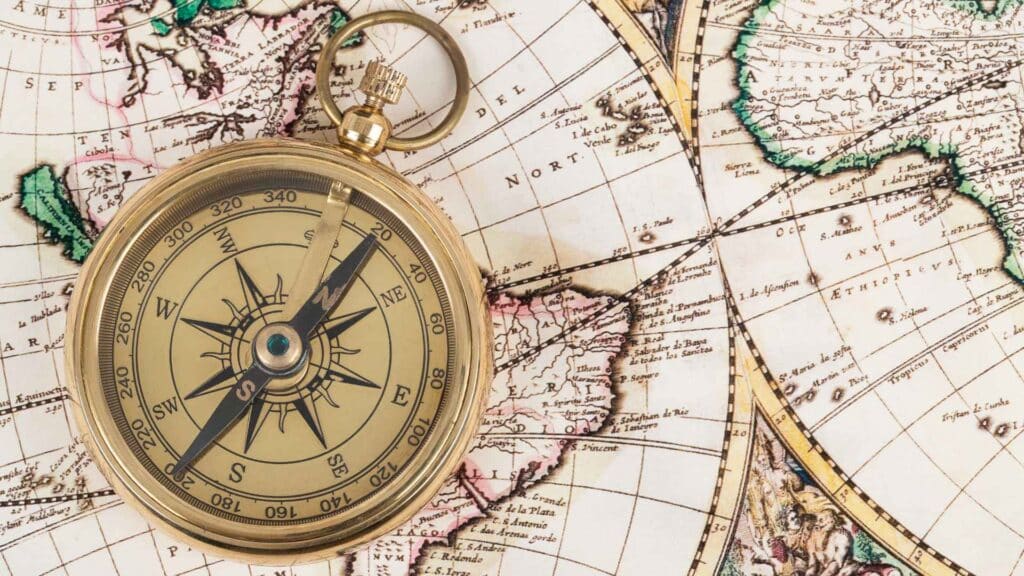
- What city was formerly known as Constantinople?
- Answer: Istanbul.
- Explanation: Constantinople was the capital of the Byzantine Empire and was renamed Istanbul after the Ottoman Empire took over in 1453.
- Who was the leader of the Roman Empire when it expanded its largest territory?
- Answer: Augustus.
- Explanation: Augustus was the first Roman emperor, and under his rule, the empire grew and solidified its power.
- What year did World War II end?
- Answer: 1945.
- Explanation: World War II ended in 1945 when the Allies defeated Nazi Germany and Japan surrendered.
- Who was the famous French military leader who rose to power during the French Revolution?
- Answer: Napoleon Bonaparte.
- Explanation: Napoleon became emperor of France and is known for his military conquests across Europe during the Napoleonic Wars.
- What was the name of the ship that carried the Pilgrims to America in 1620?
- Answer: The Mayflower.
- Explanation: The Pilgrims sailed from England to North America aboard the Mayflower, seeking religious freedom.
- Which empire built the Colosseum, one of the most famous structures in the world?
- Answer: The Roman Empire.
- Explanation: The Colosseum, built in 80 AD, was used for gladiator contests and public spectacles.
- Who was the British prime minister during World War II?
- Answer: Winston Churchill.
- Explanation: Churchill led the U.K. through World War II, famous for his leadership and speeches, like “We shall fight on the beaches.”
- What was the ancient trade route that connected Europe to Asia, known for transporting silk and other valuable goods?
- Answer: The Silk Road.
- Explanation: The Silk Road was an ancient network of trade routes that connected China and the West, fostering cultural exchanges.
- Who was the leader of the Soviet Union during World War II?
- Answer: Joseph Stalin.
- Explanation: Stalin was the dictator of the Soviet Union from the mid-1920s until his death in 1953, leading the country through World War II.
- Which ancient civilization is famous for building the pyramids?
- Answer: Ancient Egypt.
- Explanation: The pyramids, especially the Great Pyramid of Giza, were built as tombs for pharaohs.
- What was the name of the treaty that ended World War I?
- Answer: The Treaty of Versailles.
- Explanation: Signed in 1919, the Treaty of Versailles officially ended the state of war between Germany and the Allied Powers.
- Who was the famous Mongol leader who established one of the largest empires in history?
- Answer: Genghis Khan.
- Explanation: Genghis Khan united the Mongol tribes and founded the Mongol Empire, which became the largest contiguous empire in history.
- What structure separated East and West Berlin from 1961 to 1989?
- Answer: The Berlin Wall.
- Explanation: The Berlin Wall was a symbol of the Cold War, dividing Communist East Berlin from democratic West Berlin.
- Which famous playwright wrote Romeo and Juliet and Hamlet?
- Answer: William Shakespeare.
- Explanation: Shakespeare is one of the most well-known playwrights in history, writing 39 plays and 154 sonnets.
- Who sailed to the Americas in 1492, opening the way for European exploration of the New World?
- Answer: Christopher Columbus.
- Explanation: Columbus’s voyage was sponsored by Spain, and he made four trips across the Atlantic.
- What famous painting by Leonardo da Vinci features a woman with a mysterious smile?
- Answer: The Mona Lisa.
- Explanation: The Mona Lisa is housed in the Louvre Museum in Paris and is one of the most famous works of art in the world.
- Who was the first person to win two Nobel Prizes in different scientific fields?
- Answer: Marie Curie.
- Explanation: Curie won the Nobel Prize in Physics in 1903 and the Nobel Prize in Chemistry in 1911 for her work on radioactivity.
- What artist painted the ceiling of the Sistine Chapel in Vatican City?
- Answer: Michelangelo.
- Explanation: Michelangelo’s masterpiece, which includes The Creation of Adam, covers the Sistine Chapel ceiling.
- Which ancient wonder of the world was located in Babylon and is famous for its terraced gardens?
- Answer: The Hanging Gardens of Babylon.
- Explanation: Though the existence of the gardens has not been confirmed, they are one of the Seven Wonders of the Ancient World.
- Who was the first human to travel into space?
- Answer: Yuri Gagarin.
- Explanation: In 1961, Soviet astronaut Yuri Gagarin became the first person to orbit the Earth.
- Which British monarch was known as the “Virgin Queen” because she never married?
- Answer: Queen Elizabeth I.
- Explanation: Elizabeth I ruled England from 1558 to 1603 and remained unmarried throughout her reign.
- Who is considered the “Father of History”?
- Answer: Herodotus.
- Explanation: Herodotus was an ancient Greek historian who wrote The Histories, an account of the Greco-Persian Wars.
- What famous structure in India was built as a mausoleum for the wife of Emperor Shah Jahan?
- Answer: The Taj Mahal.
- Explanation: The Taj Mahal was built in the 17th century in memory of Shah Jahan’s wife, Mumtaz Mahal.
- What disease, also known as the Black Death, killed millions of people in Europe during the 14th century?
- Answer: The Bubonic Plague.
- Explanation: The plague, spread by fleas on rats, caused widespread death and social upheaval in medieval Europe.
- What was the name of the revolution that resulted in Fidel Castro coming to power in Cuba?
- Answer: The Cuban Revolution.
- Explanation: The Cuban Revolution (1953–1959) led to the overthrow of dictator Fulgencio Batista and established a communist government under Castro.
- Which war ended with the Treaty of Versailles in 1919?
- Answer: World War I.
- Explanation: The Treaty of Versailles officially ended World War I and imposed heavy penalties on Germany.
American History
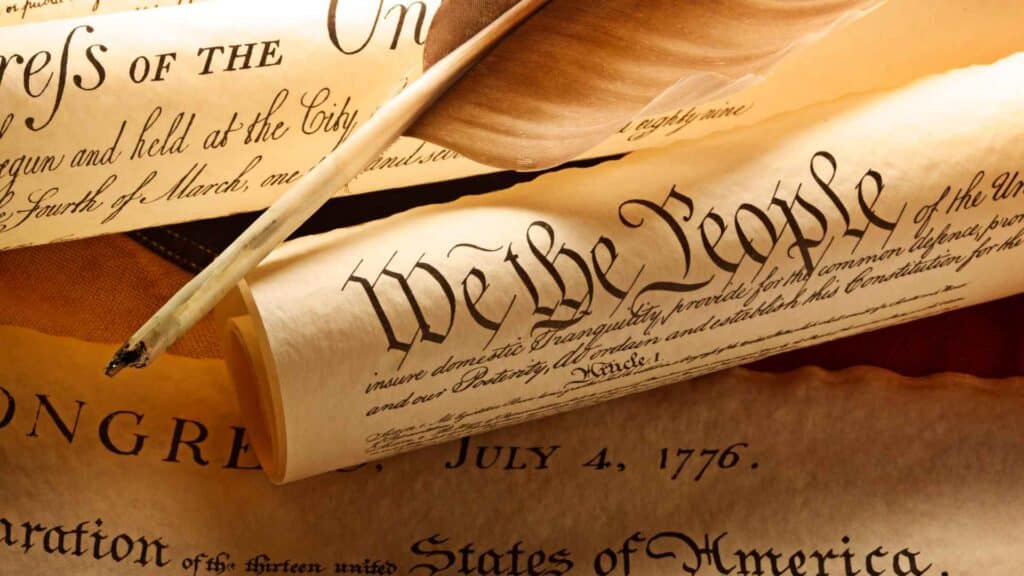
- Who was the first president of the United States?
- Answer: George Washington.
- Explanation: Washington became the first U.S. president in 1789 and is often referred to as the “Father of the Country.”
- What year did the United States declare independence from Britain?
- Answer: 1776.
- Explanation: The Declaration of Independence was adopted on July 4, 1776, marking the birth of the nation.
- Who wrote the Declaration of Independence?
- Answer: Thomas Jefferson.
- Explanation: Jefferson, one of the Founding Fathers, drafted the Declaration in 1776.
- What U.S. state was the first to join the union after the original 13 colonies?
- Answer: Vermont.
- Explanation: Vermont became the 14th state on March 4, 1791.
- What was the name of the war fought between the North and the South in the United States?
- Answer: The Civil War.
- Explanation: The Civil War, fought from 1861 to 1865, was primarily over slavery and states’ rights.
- Who was the president of the Confederate States during the Civil War?
- Answer: Jefferson Davis.
- Explanation: Davis served as the president of the Confederacy from 1861 to 1865.
- Which amendment to the Constitution abolished slavery?
- Answer: The 13th Amendment.
- Explanation: Ratified in 1865, the 13th Amendment officially ended slavery in the United States.
- Who gave the famous Gettysburg Address during the Civil War?
- Answer: Abraham Lincoln.
- Explanation: Lincoln delivered the Gettysburg Address on November 19, 1863, to honor fallen soldiers and reaffirm the purpose of the war.
- Who was the only U.S. president to serve more than two terms?
- Answer: Franklin D. Roosevelt.
- Explanation: FDR served four terms from 1933 to 1945, during the Great Depression and World War II.
- Which U.S. president purchased the Louisiana Territory from France?
- Answer: Thomas Jefferson.
- Explanation: Jefferson bought the Louisiana Territory in 1803, doubling the size of the United States.
- What year did the United States land the first human on the moon?
- Answer: 1969.
- Explanation: NASA’s Apollo 11 mission landed Neil Armstrong and Buzz Aldrin on the moon on July 20, 1969.
- What was the name of the movement in the 1950s and 1960s that sought to end racial segregation in the United States?
- Answer: The Civil Rights Movement.
- Explanation: Led by figures like Martin Luther King Jr., this movement aimed to secure equal rights for African Americans.
- What year did women gain the right to vote in the United States?
- Answer: 1920.
- Explanation: The 19th Amendment, ratified in 1920, gave women the right to vote.
- What event sparked the start of World War II for the United States?
- Answer: The attack on Pearl Harbor.
- Explanation: The Japanese attack on Pearl Harbor on December 7, 1941, led the U.S. to enter World War II.
- What U.S. document begins with the words “We the People”?
- Answer: The Constitution of the United States.
- Explanation: The U.S. Constitution, written in 1787, begins with the preamble “We the People” and outlines the framework for the government.
- Which U.S. president was assassinated in 1963?
- Answer: John F. Kennedy.
- Explanation: JFK was shot in Dallas, Texas, during a motorcade, and his assassination remains one of the most studied events in U.S. history.
- What U.S. president issued the Emancipation Proclamation during the Civil War?
- Answer: Abraham Lincoln.
- Explanation: The Emancipation Proclamation, issued in 1863, declared that all slaves in Confederate states were to be freed.
- What was the name of the first successful English colony in North America?
- Answer: Jamestown.
- Explanation: Jamestown, founded in 1607 in Virginia, was the first permanent English settlement in what is now the U.S.
- What U.S. state was the first to ratify the Constitution?
- Answer: Delaware.
- Explanation: Delaware became the first state of the U.S. on December 7, 1787.
- Which U.S. Founding Father is famous for his experiments with electricity and his role in drafting the Declaration of Independence?
- Answer: Benjamin Franklin.
- Explanation: Franklin was an inventor, diplomat, and key figure in the American Revolution.
- What famous U.S. swimmer won a record 23 gold medals in the Olympics?
- Answer: Michael Phelps.
- Explanation: Phelps is the most decorated Olympian of all time, with 28 total medals, including 23 golds.
- What U.S. president was assassinated by John Wilkes Booth in 1865?
- Answer: Abraham Lincoln.
- Explanation: Lincoln was shot by Booth while attending a play at Ford’s Theatre in Washington, D.C.
- What is the oldest university in the United States?
- Answer: Harvard University.
- Explanation: Harvard was founded in 1636 in Cambridge, Massachusetts, making it the oldest higher education institution in the U.S.
- Which U.S. state was the last to join the union?
- Answer: Hawaii.
- Explanation: Hawaii became the 50th U.S. state on August 21, 1959.
- Who was the first U.S. Secretary of the Treasury and a key figure in creating the U.S. financial system?
- Answer: Alexander Hamilton.
- Explanation: Hamilton helped establish the national bank and was an influential Founding Father.
- Who was the youngest U.S. president to be elected?
- Answer: John F. Kennedy.
- Explanation: JFK was elected president in 1960 at the age of 43.
Bonus History Trivia Questions for Kids
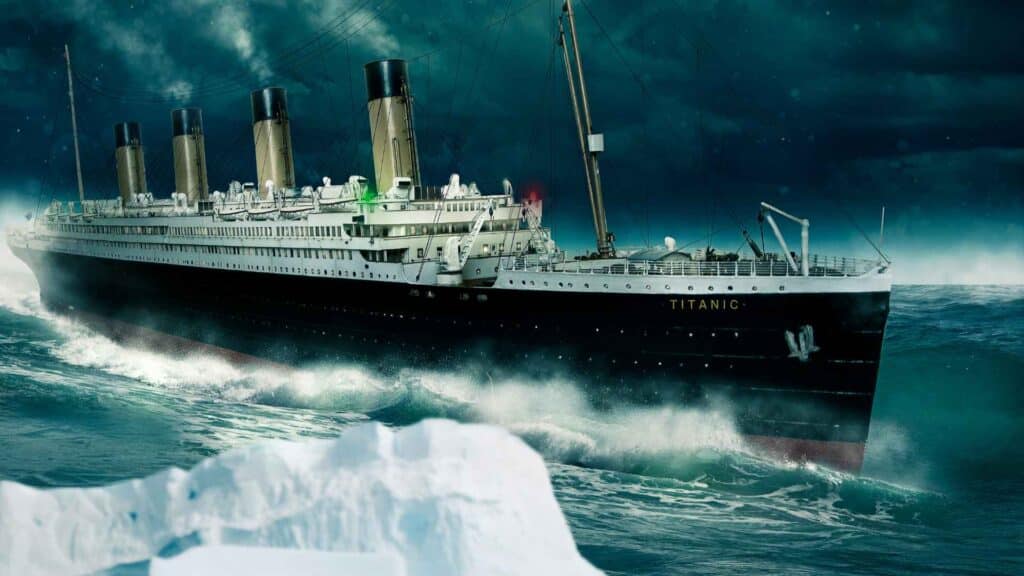
- What year did the Titanic sink?
- Answer: 1912.
- Explanation: The Titanic, a British passenger liner, sank on its maiden voyage after hitting an iceberg in the North Atlantic.
- Who was the first woman to fly solo across the Atlantic Ocean?
- Answer: Amelia Earhart.
- Explanation: In 1932, Amelia Earhart became the first female aviator to fly solo nonstop across the Atlantic Ocean.
- Who was the first African American to play Major League Baseball?
- Answer: Jackie Robinson.
- Explanation: Jackie Robinson broke baseball’s color barrier when he debuted for the Brooklyn Dodgers in 1947.
- What famous ship brought the Pilgrims to America in 1620?
- Answer: The Mayflower.
- Explanation: The Pilgrims sailed from England on the Mayflower to establish a colony in what is now Massachusetts.
- What famous historical figure is known for saying, “I have a dream”?
- Answer: Martin Luther King Jr.
- Explanation: King gave his famous “I Have a Dream” speech during the 1963 March on Washington, advocating for civil rights. He won the Nobel Peace Prize.
- What was the name of the ship used by Charles Darwin during his famous voyage of discovery?
- Answer: HMS Beagle.
- Explanation: Darwin sailed on the HMS Beagle from 1831 to 1836, which led to his theory of natural selection.
- Which ancient city was buried by a volcanic eruption from Mount Vesuvius in 79 AD?
- Answer: Pompeii.
- Explanation: Pompeii was buried under ash and pumice after the eruption, preserving the city for centuries.
- Who invented the first practical lightbulb?
- Answer: Thomas Edison.
- Explanation: Thomas Edison is credited with inventing the first long-lasting, commercially viable lightbulb in 1879.
- Which U.S. national park, established in 1872, was the first in the world?
- Answer: Yellowstone National Park.
- Explanation: Yellowstone, located primarily in Wyoming, was the world’s first national park, known for its geysers and wildlife.
- What famous structure in Paris was completed in 1889 for the World’s Fair?
- Answer: The Eiffel Tower.
- Explanation: The Eiffel Tower was built for the 1889 World’s Fair and remains one of the most iconic landmarks in the world.
- What is the oldest known civilization in the Americas?
- Answer: The Olmec civilization.
- Explanation: The Olmecs, who lived in present-day Mexico around 1200–400 BCE, are considered the first major civilization in Mesoamerica.
- Who was the U.S. president during World War I?
- Answer: Woodrow Wilson.
- Explanation: Wilson served as president from 1913 to 1921 and led the U.S. during World War I.
History is filled with fascinating facts and stories, and trivia is a fun way to explore them! If you enjoyed these history trivia questions, check out some of our other trivia articles.
Whether you’re a fan of 1980s trivia, looking for fun trivia for teens, or need some seasonal fun with winter trivia or Christmas trivia for kids, we’ve got you covered.
Don’t forget to test your knowledge with our middle school trivia or challenge yourself with 5th grade trivia!
Calie Herbst, Editor-in-Chief of Milwaukee With Kids, has spent over a decade combining her experiences as a parent of three to create a hub for Milwaukee’s family adventures.
Her decade-long teaching career in Milwaukee Public Schools and academic background, including a Master’s in Teaching from Marquette University and dual B.A.s in Sociology and Spanish from the University of Wisconsin – Madison, fuel her passion for inclusive and engaging family content.
Calie is also a recognized voice in local media, contributing to WISN Channel 12 News, WTMJ Wisconsin Morning News, Fox 6’s Real Milwaukee, and B93.3.
Discover more about Calie’s journey and editorial approach on her About Page and Editorial Policy Page.
